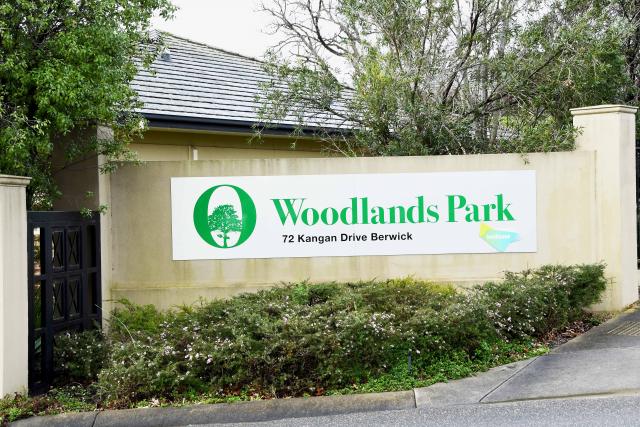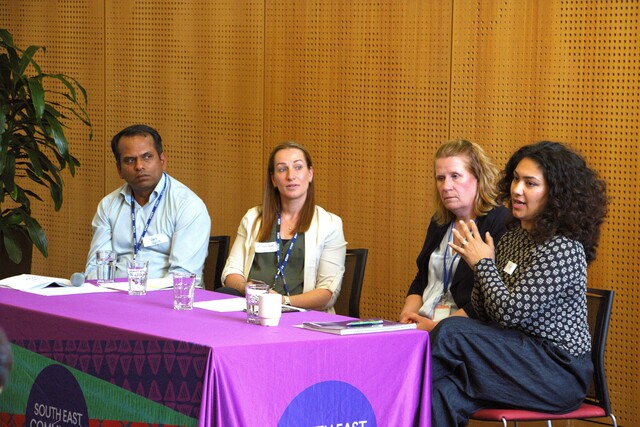Casey Council has announced plans to discontinue the Retirement Villages Development Grant program (RVDG), which provided 13 villages in the municipality with more than $200,000 in funding in the 2021-22 financial year.
In a council meeting on Tuesday 16 August, council administrators voted unanimously to redirect funds to a broader grants program after a final distribution in the 2022-23 financial year.
A council officer’s report said the grant program will be discontinued as it “does not align with current Council Grants Policy or processes that reflect best practice”.
“It is a closed program that is only available to one demographic, whereas all other grant programs are intended to reach a broad cross section of the municipality,” the report said.
Casey chair of administrators Noelene Duff said the decision is “an important step [council is taking] to ensure there is equity across the community”.
“I’m very pleased with the recommendation that sees those funds that have been allocated in that way go back into the grants program that allows a broader group of people to access those grants,” she said in the council meeting.
The City of Casey has been providing annual funding to retirement villages since 2010/11, when a group of retirement village residents submitted a proposal for funding to offset rates for residents in retirement villages and to support village resident committees in their contribution to village life.
Thirteen retirement villages in the City of Casey are currently sharing in $204,335, with funding allocation ranging from $3000 to over $26,000, based on a $1.94 per week per unit basis.
According to council figures, the current use of the grant varies throughout the villages involved, which include Woodlands Park, Fiddlers Green, Saffron Grove, Selandra Rise, Edrington Park, Berwick Brae, Blue Hills, Blue Hills Rise, Botanic Gardens, Casey Grange, Hunters Green, Hampton Heath and Berwick retirement villages.
Of these retirement villages, the majority use the grant to invest in village projects and capital improvement, including amenities such as fountains, gardens and barbecues.
Two of the villages use the funding to reduce village service fees, while another two villages use the grant directly to offset council rates for residents, saving individual residents about $100 per year on council rates.
While council acknowledged the grant originally sought to offset rates charges, it said there are other mechanisms in place to support retired residents experiencing financial hardship.
“The Revenue and Rating Plan 2021-2025 details rebates for eligible ratepayers,” the report said.
“Council also has a Rate Payment and Financial Hardship Policy which sets out payment processes for those unable to afford their rates.
“Retirement village residents experiencing financial disadvantage can be accommodated through these existing processes and therefore additional rebates through the RVDG are not required.”
But Casey Residents and Ratepayers Association spokesperson Brendan Browne said using council hardship assistance would be “a terrible outcome” for retirement village residents.
“The Hardship Policies are not an adequate substitute, as they are likely to result in a deferment of the rates, rather than any sort of waiver of payment,” Mr Browne said.
“It would be disappointing if council uses the need to update the grant process as an opportunity to increase the rate burden of retirees.
“We know that in some cases the money is being used to offset council rates for individual residents.
“For a small number of Casey residents, this change will effectively be a rate increase by stealth.”
Secretary of a resident committee involved in the grant program is Rob Smith, who concurred that village residents should be afforded a discount or grant to lessen the cost of council rates.
“It is strongly believed that there should be a rate discount for villages or as has been the case for a number of years, a grant to village residents,” he said.
“The village maintains all internal roads, [whereas] the council has to fund road repairs for the general suburb.
“The village provides internal street lighting and is maintained at their cost. Again, the council has no expense for this but does so on a normal council street.”
He argued that retirement villages are also of higher unit density than the number of houses on a typical street, meaning council would collect more revenue from villager’s rates.
“Given the council is obtaining more income from a Retirement Village block than the same size in the street, infrastructure and service costs in a village for the council are negligible,” he said.







